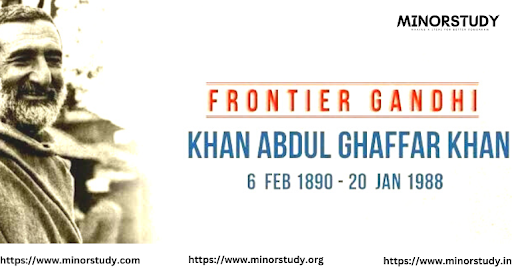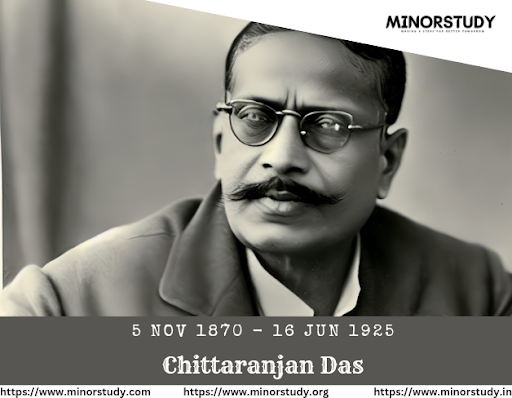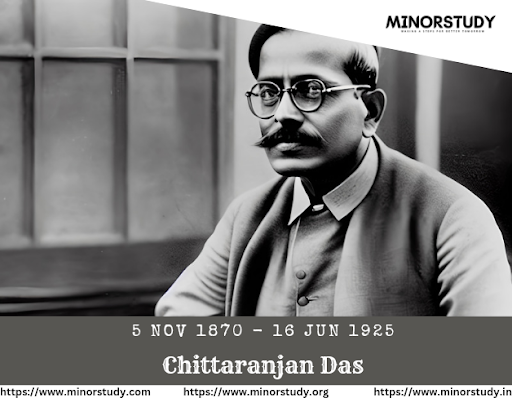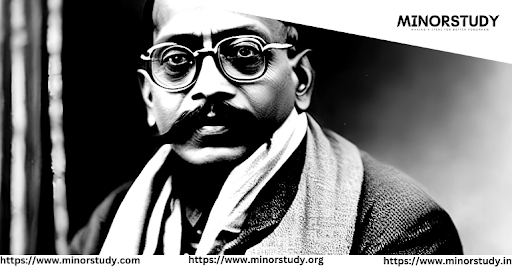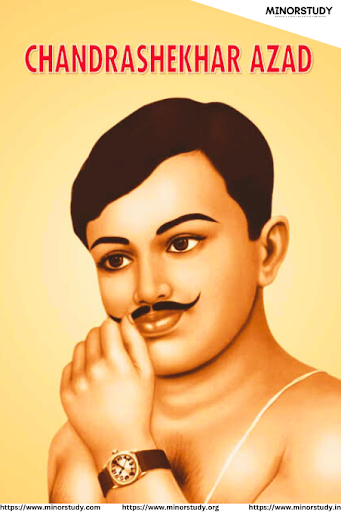In 1962, Tata started working for the Tata Steel company, helping blue-collar workers shovel stones and keep furnaces running. He gained a greater appreciation for and respect for the family business despite the hard work. He was appointed Director-in-Charge in 1971 to resolve a financial issue at the National Radio & Electronics Company Limited (N.E.L.C.O.). He worked to establish a superior consumer electronics division, but in 1977, he was transferred to the failing textile factory Empress Mills of the Tata Group. In 1991, J.R.D. Tata appointed him as the new Chairman of the Tata Group of Companies. The industry's financial performance improved under his leadership, and the organization expanded exponentially. Tata significantly increased dividends and altered the leadership and strategic direction of the division. He joined the State leader's Committee on Exchange and Industry also. He was a member of the R.A.N.D. Center for Asia Pacific Policy's advisory board and actively participated in India's A.I.D.S. initiative program. He also serves on the international advisory board of Booze Allen Hamilton, JP Morgan Chase, Mitsubishi Cooperation, and the American Worldwide Group.
Tata retired in 2012 when he turned 75, but he continues to invest in exciting new projects and is a successful businessman. He prefers to remain single and has never been married. He lives in Mumbai in a modest house and drives a Tata Sedan.
Career Overview Tata begins his employment at the Tata Steel division in 1962, where he assists blue-collar workers by shoveling stones and maintaining furnaces.
1971: He is made a director. In order to make the company's finances better, Tata is made director-in-charge of the National Radio & Electronics Company Limited (N.E.L.C.O).
1977: He Joins Express Mills Tata is transferred to the failing textile plant Empress Mills of the Tata Group.
1991: J.R.D. Tata appoints him to the position of chairman of the Tata Group of Companies.
2006: He Joins an Advisory Board Tata begins his time as an Indian member of the Harvard Business School's advisory board.
2013 His Appointment to a Think Tank Tata is on the board of trustees of the Carnegie Endowment for International Peace.
Why We Love Ratan Tata He is exceptional. During his time as chairman of Tata Group, he made a significant contribution to the growth of the business. He led his organization to new heights as a visionary leader.
He is a great humanist. He has made a significant impact on people's lives, given them hope, and inspired them to dream big. He has used his position and wealth to help others succeed.
A traditional gentleman, he rejects extravagant lifestyles. Since he began working, he has lived a simple life. He is a firm believer in traditional values and a quiet and modest lifestyle.
5 SURPRISING FACTS Tata's grandmother Navajbai Tata, the widow of Sir Ratanji Tata, raised him and adopted him legally through the J. N. Petit Parsi Orphanage. This is one of the most surprising facts about Tata.
Because more than 65% of the company's wealth is donated to charitable organizations, Tata is not listed among the world's wealthiest individuals.
He established a trust fund. Under his direction, the Tata Education and Development Trust, the Tata company's charitable arm, established the $28 million Tata Scholarship Fund to assist Indian Cornell University undergraduate students.
He is a pilot. In 2007, he flew an F-16 Falcon. He is an experienced and skilled pilot.
He adores dogs and is the proud owner of two of them, Tito and Maximus. He has a strong love for dogs.
BIOGRAPHY OF RATAN TATA FOR UPSC: Ratan Naval Tata was a prominent industrialist and philanthropist who served as Chairman of Tata Sons from 1991 to 2012. He made surprising commitments to fostering the Goodbye bunch as one of the tremendous combinations in India and teamed up with a few associations in India and abroad.
TATA grew to become one of India's largest conglomerates under his leadership. He is an insightful businessman who has been awarded the Padma Bhushan and Padma Vibhushan. His vision and ideals have made a lasting impression on the country's business landscape.
How much money did Ratan Tata give to Harvard Business School?
In 2010, Tata gave $50 million to the Harvard Business School to build an executive center.
What kinds of foods does Ratan Tata eat?
Mutton pulao dal, a lamb dish, baked custard with a lot of nuts, and masoor dal, a thick stew of dried lentils, peas, or beans, are typically part of Tata's diet.
Which language is Ratan Tata fluent in?
Gujarati is Tata's first language.
Ratan Naval Tata's Early Life: Ratan Naval Tata was born on December 28, 1937, to Naval Tata and his wife. The son of Jamsetji Tata, the Tata group's founder, adopted him.
Cornell University's College of Architecture was where he earned his Bachelor of Architecture degree. By the end of 1962, he had returned to India after spending just a short time working in Los Angeles with Jones and Emmons.
In 1962, he began collaborating with TATA steel before joining the TATA group. In the meantime, in 1975, he also graduated from the Advanced Management Program at Harvard Business School.
He assumed the position of Director In Charge of the National Radio & Electronics Company after working with TATA and gaining experience there.
CHAIRMANSHIP OF THE TATA GROUP: In 1991, Ratan Tata was chosen to succeed JRD Tata as Chairman of the TATA Group. He was appointed Chairman of the TATA Group in 1991, despite receiving criticism for his lack of experience leading a large corporation like TATA Group. The business grew from an Indian-centric conglomerate to a global player under his leadership. 65 percent of the company's revenue came from abroad. Under his direction, profits increased by 50 times and revenues increased by 40 times.
TATA group paid $431.3 million to acquire Tetley Tea, a company based in London, with the intention of expanding globally. In 2004, it paid 102 million dollars to acquire the truck manufacturing unit of Daewoo Motors in South Korea. It became the first Indian company to acquire Corus Group, an Anglo-Dutch steel manufacturer, for $11.3 billion in 2007, marking a significant milestone.
TATA Tea's acquisition of Tetley, TATA Motors' acquisition of Jaguar Land Rover, and TATA Steel's acquisition of Corus all contributed to their expansion into over 100 nations. With investments in huge multinational corporations like Jaguar, Tetley, and Land Rover, it gave the Indian and global industrial sectors a new boost. The New York Stock Exchange listed his remarkable accomplishments in the business sector.
TATA NANO: In 2015, he created the TATA Nano Car concept. He put an emphasis on providing middle- and lower-middle-class consumers worldwide with safe and affordable travel by introducing NANO automobiles to the market.
Due to its affordability and ease of use, the TATA Nano, which had five seats and started at $2000, was referred to as the "people's car."
PHILANTHROPY: Ratan Tata realized his father's dream by establishing the Sir Dorabji Tata Trust. Around 60-65% of the absolute benefit acquired by Ratan Goodbye was given for a noble cause inspirations. He made significant contributions to philanthropy, particularly in the following areas: EDUCATION Ratan Tata continued the legacy of Jamsetji Tata, the TATA group's founder and visionary. The JN Tata Endowment for Higher Education provides scholarships to Indian students pursuing higher education. He exemplified Jamshetji Tata's ideal of charitable giving in a positive way.
TATA Trusts has been meeting the challenges in the education sector with an in-depth comprehension of the requirements of stakeholders and communities. The primary objective has been to ensure that children, particularly those from underrepresented groups, receive a high-quality education. Goodbye Trusts endeavors to give valid, excellent opportunities for growth through decisive reasoning, critical thinking, cooperative learning, the utilization of innovation, and so on.
Quality education, gender equality, decent work, and economic work, industry, innovation, and infrastructure, and reducing inequality are just some of the UN Sustainable Development Goals that TATA Trusts support in the education sector. Ratan Tata's TATA Trusts have established and supported some of the best educational institutions in India and abroad. These are:
Tata Centre for Genetics and Society at the University of California San Diego, Harvard University South Asia Institute, Indian Institute of Science (IISc) – Bengaluru, Tata Institute of Social Sciences (TISS) – Mumbai, Tata Memorial Centre – Mumbai, Tata Institute of Fundamental Research (TIFR) – Mumbai, and Tata Institute of Advanced Studies (NIAS) – Bengaluru. Tata Centre for Technology and Design at the Massachusetts Institute of Technology (MIT) and the University of Chicago. Tat
As part of their charitable work, the Tata Education and Development Trust launched a $28 million Tata Fundraising Campaign in partnership with Cornell University to assist financially disadvantaged Indian undergraduate students.
MEDICAL FIELD: Ratan TATA developed cohesive strategies to enhance primary health care in India and bolstered multifaceted initiatives to address issues pertaining to mental health, maternal and child health, cancer diagnosis and treatment, malaria, tuberculosis, and other diseases.
He used a variety of strategies, including direct project implementation, establishment of institutions, partnerships, and innovation and technology use.
The Centre for Neuroscience at the Indian Institute of Science received a grant of 750 million Indian rupees from the TATA Group, which was headed by Ratan Tata. The purpose of the funding was to look into the mechanisms that lead to Alzheimer's disease and find ways to diagnose and treat the disease earlier.
He has collaborated with governments, non-governmental organizations, and implementation partners to guarantee adequate maternal care, nutrition, water and sanitation, infrastructure support, and poverty alleviation in order to effectuate a change with a lasting impact on public health.
A TATA initiative known as the Transforming Rural India Initiative (TRI) collaborated with governments, NGOs, civil society organizations, and philanthropists to transform regions of acute poverty.
During times of natural disasters like floods, earthquakes, and hospital closures, he contributed generously.
SIR RATAN TATA TRUST: Following Ratanji Tata's death in 1919, Ratan Tata established the trust. For the benefit of the disadvantaged in education, learning, and other fields, trust works according to his will. In order to sustainably effect change, they collaborated with various organizations. Grants from trust come in two varieties. These are:
Small grants, endowment grants, and program grants are all examples of institutional grants.
Endowment grants are given to organizations that want to make a positive impact on society and have a clearly defined mission.
Grants for the Urgent: These grants are given out at a critical or urgent time. During COVID-19, Ratan Tata and TATA Trusts made a donation of 1500 crore rupees to the PM CARES Fund.
Arts and culture, civil society and governance, education, and health are among the areas that are supported by program grants.
The Trust focuses on land and water development, microfinance, and other rural livelihoods and communities.
Arts and Culture grants support crafts-based livelihood initiatives, community-based media projects for community upliftment, performing artist livelihoods, and performing arts revitalization.
Kleine grants: TATA Trust gives small grants to small organizations that want to help put new ideas for the benefit of the people into action.
Individual grants, such as those for education and medical care
Through consistent efforts, Trust has been focusing on providing high-quality education in India. The three most significant aspects are; out-of-school education, school-based education, and education administration. Merit scholarships are given to students who do well in school, especially undergraduates in engineering and medicine. Individuals pursuing postgraduate and doctoral studies as well as doctors working for government hospitals are eligible for travel grants.
Patients receive medical grants to cover their treatment costs. This includes financing poor patients in private hospitals, organizing health programs for the rural population, providing specialized healthcare services, providing resources for healthcare, and providing healthcare.
Along with the Ratan Tata trust, Ratan Tata also leads Sir Dorabji Tata and Allied Trusts. He controls 66% of TATA Sons.
Other initiatives: He has served in a variety of capacities in Indian and international organizations. He is a member of the National Manufacturing Competitiveness Council and the Prime Minister's Trade and Industry Council. He is a member of the Pritzker Architecture Prize jury, which is regarded as one of the most prestigious architecture competitions in the world. Alcoa Inc., Mondelez International, and the East-West center all have him on their boards.
Ratan Tata also serves on Cornell University's Dean's Advisory Board, Harvard Business School's Board of Trustees, and the University of Southern California's Board of Trustees. He is a member of Bocconi University's International Advisory Board's board of directors. Since 2006, he has also served on the India Advisory Board (IAB) of the Harvard Business School.
He was put on the Carnegie Endowment for International Peace board of directors in 2013. Ratan began working as an advisor at Vani Kola's venture capital firm, The Kalaari Capital, in February 2015.
TITLES AND AWARDS Ratan Tata was awarded the Padma Vibhushan, the nation's second highest civilian award, in 2008, and the Padman Bhushan, the nation's third highest civilian award, in 2000.
The British Empire bestowed upon him the title of "Knight Grand Cross of the Most Excellent Order." The Rockefeller Foundation, an American philanthropic and medical research organization, awarded him a lifetime achievement award.
Ratan Tata is a foreign associate of the National Academy of Engineering and an honorary fellow of the Institution of Mechanical Engineers, Royal Academy of Engineering.
In addition, the London School of Economics, Cambridge University, Ohio State University, IIT Madras, IIT Kharagpur, and others awarded him honorary doctorates.
RETIREMENT: Ratan Tata, 75, resigned from his position on December 28, 2012. Ratan Tata's successor will be Cyrus Mistry of the Shapoorji Pallonji Group, the TATA group's largest shareholder. On October 24, 2016, he was fired from the position despite opposition from the legal division and Board of Directors. Ratan Tata was the interim chairman as a result.
A selection committee selected the TATA group's next successor on January 12, 2017. As a result, Natarajan Chandrasekharan was chosen to succeed Ratan Tata as chairman of the TATA Group.
Current Relationship: Ratan Tata is in charge of Tata Sons and Tata Trusts at the moment. After JRD Tata, he is the second person to run both businesses.
Questions that are frequently asked about Ratan Tata include: Who is Ratan Tata?
Ratan Tata is a prominent industrialist and the former Chairman of the TATA group, one of India's largest conglomerates. The TATA group owns around 100 businesses and generates $67 million in revenue.
How is Jamsetji Tata and Ratan Tata related?
Ratan Tata's grandfather, Jamsetji Tata, is the founder of the Indian TATA group.
Which is Ratan Tata's most significant step toward making the TATA group a global brand?
Tetley Tea, Jaguar Land Rover, Daewoo Motors, and Corus group were among the acquisitions made by TATA group.
How much of a contribution did Ratan Tata make to Tata Motors?
TATA Motors became listed on the New York Stock Exchange while Ratan Tata was chairman of the TATA group. He introduced the TATA Indica, India's first diesel-powered hatchback, in 1998. Ratan Tata introduced the TATA Nano in 2008 with the intention of introducing affordable automobiles to India.
What were Ratan Tata's primary charitable endeavors?
Ratan Tata participated in numerous charitable endeavors. He supported, collaborated with, and provided funding for a variety of initiatives that improved the population's quality of life, education, healthcare, and rural development.
Which significant honors has Ratan Tata received?
The Padma Bhushan, the third highest civilian award in the country, and the Padma Vibhushan, the second highest civilian award, are both given to Ratan Tata. Bharat Ratna was given to J R D Tata, his predecessor. In addition, Ratan Tata received international and Indian recognition for his contribution to humanity and unwavering adherence to human values and ethics.
Which of Ratan Tata's trusts were established during his tenure?





